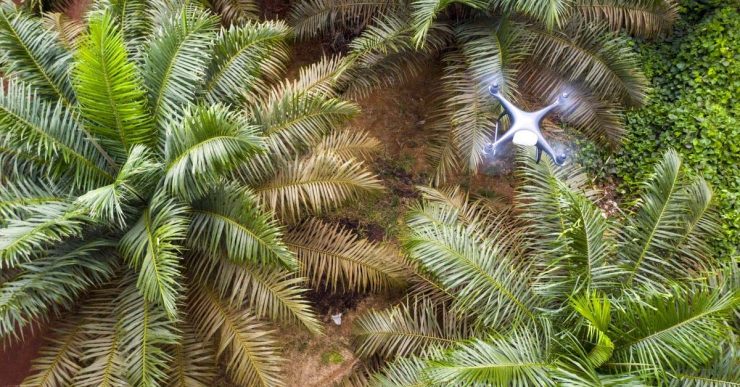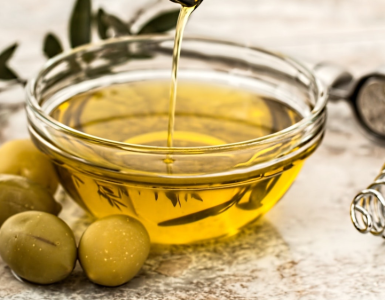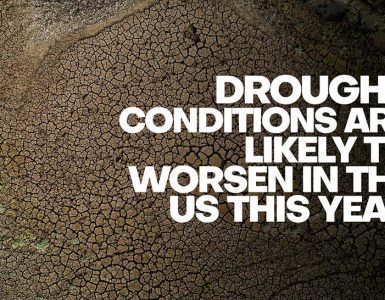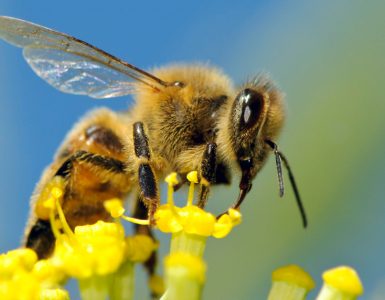Commercial plantations like oil palm, are a major economic contributor in many countries like Indonesia, but the losses by pests are feared to increase in upcoming years. To mitigate these losses, chemical removal of pests is practiced that can later affect humans and other organisms too. pest control by predatory arthropods can be increased, if their biodiversity is well known and maintained, explained J. Jauharlina in a recent study published in Pakistan Journal of Biological Sciences.
Indonesia is the major palm oil producer in the world, thanks to its plantation conditions. The rapid expansion in oil palm plantations has been observed over years. The biggest threat to these plants is the pests including caterpillars and bag worms, that are expected to reduce yield by 43% in the upcoming years. To, control the pests, farmers have been using insecticide. Prolong use of insecticide have a detrimental impact by causing pest resistance, resurgence, eliminating natural enemies of pests, and elevated health risk to humans. insecticide and pesticide are an expense to use thus increasing the cost of production of oil palm products.

The natural nemesis of oil palm pests is predatory insects like Earwig, Hemiptera (like Reduviidae or Assassin bug). Such bugs are the natural alternative to pesticides and are eco-friendly in maintaining environmental balance. Earwigs are effective against caterpillars and Hemiptera are excellent for causing the death of bag worm, thus limiting or eliminating the use of pesticide. The frequent spray of insecticide has caused a reduction in the biodiversity of the predatory parasites.
Arthropods identified for the study were later analyzed for diversity using the Shannon-Wiener diversity index, Species Evenness index, and Simpson dominance index. The species richness and abundance of predatory arthropods consisted of both insects and spiders, branded as herbivores, pollinators, decomposers, parasites, and predators of which the most abundant predators were Araneae, Coleoptera, Dermaptera, Hemiptera, and Hymenoptera, with Orthoptera being present only in immature plantations. Ants were the dominant predators identified in the study.
The mature plantation showed better diversity and abundance of predatory arthropods, which could be due to less frequent use of pesticides.
So, the presence of older oil palm plants can have a positive effect on species richness. Some other factors like under-story vegetation also revealed an encouraging effect on the diversity of predators, therefore by increasing and maintaining a variety of under-story vegetation, the overall diversity of natural enemies (predators) can be attained.
The findings of this research enlighten about early information to increase conservation efforts in oil palm plantation to maintain ecosystem balance by reducing pest outbreaks and increasing productivity from palm oil. This study recommends the use of palm oil management design to increase the best control in a sustainable and environmentally friendly manner. In the future, more studies should be done to investigate the other factors increasing the diversity of predators and their abundance on an oil palm plantation.
Keywords:
oil palm plantation, natural pest control, species diversity, predators, arthropods














Add comment